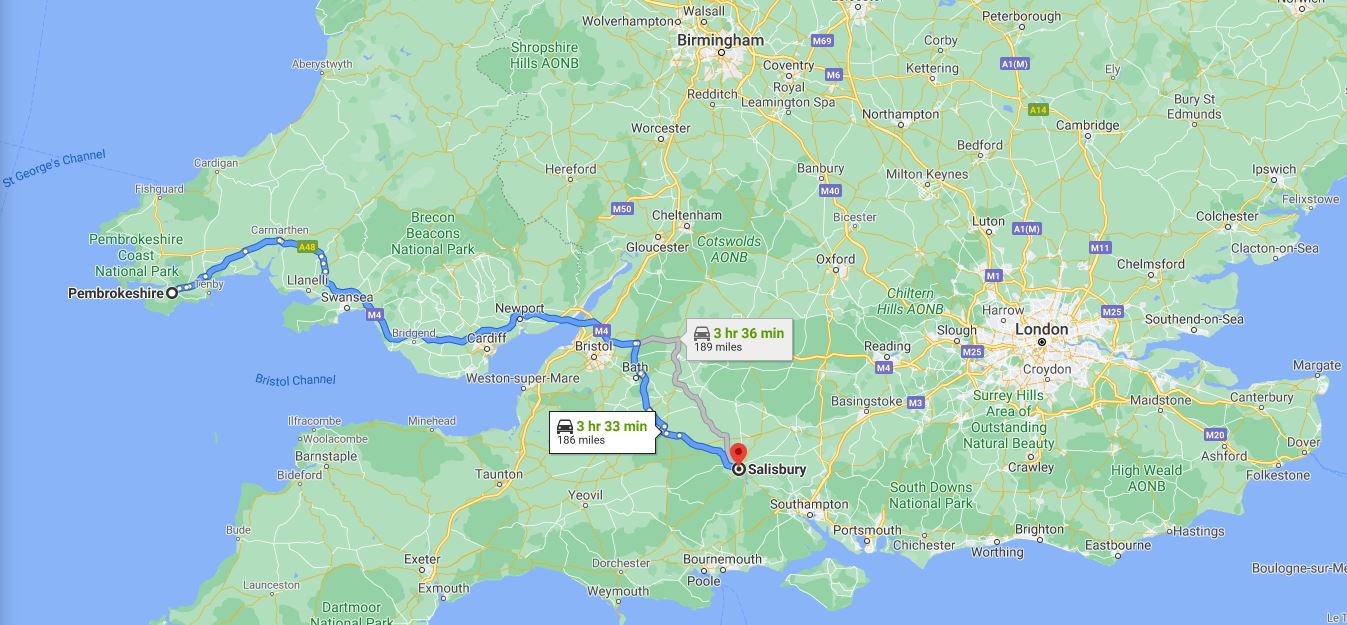The Obi-Wan trailer reminds me of how great Duel of the Fates is.
It sets the perfect tone for the cinematic climax of Phantom Menace. Nothing to that point in Star Wars was choral, which set it apart even more.
I had no idea what they were saying, or if it was a made-up language. It just sounded cool.
“The great sword fight at the end of the film – the decision to make that choral was just the result of my thinking that it should have a ritualistic or quasi-religious feeling, and the introduction of a chorus might be just the thing. … [T]he medium of chorus and orchestra would give us a sense that we’re in a big temple.”
The words originated in the medieval Welsh poem Cad Goddeu (The Battle of the Trees). The text was translated into English by Robert Graves, and published in 1948 as part of The White Goddess: A Historical Grammar of Poetic Myth.
John Williams selected lines 32-35:under the tongue root
a fight most dread,
and another raging
behind in the headWilliams had it translated into a variety of languages, eventually selecting Sanskrit “because of the quality of the vowels.”
Korah Matah Korah Rahtahmah
Korah Rahtamah Yoodhah Korah
Korah Syahdho Rahtahmah Daanyah
Korah Keelah Daanyah

